Alvar Pet – Carbon footprint minimizing business planning
Whether you are about to establish a new business, or develop a new service or product, use carbon efficiency as the main decision making principle. Carbon efficiency should be your primary argument both when building the business model and in everyday decisions.
Alvar’s dog food subscription business was built up to help dog owners decrease the carbon paw print of their dogs without compromising the nutritional quality or the service level.
Purpose
We want to help people live and consume according to their values, also when it comes to their pets. Alvar’s mission is to minimize the carbon paw print of Alvar (our muse and taste-tester) and other good doggos. We give our customers an opportunity to choose a climate-friendly alternative for their dogs as they would choose to themselves. In addition we want to challenge and encourage the pet industry norms.
The amount of pets is rising (10 % in ten years) and the money spent on them has doubled (in Finland yearly over 1,2 billion euros). In the Western countries, an average dog eats the same amount of calories of animal origin than an average human. Dog and cat food is calculated to cause a yearly emission load of 106 Mt CO2e. Animal feed production is part of the same global food chain as human food production and should thus be optimized in an environmental friendly manner as well.
In the end it’s the planet and us all who take the advantage of a more sustainable lifestyle, cleaner environment and possibility to decrease the drivers and effects of climate change.
Results
With this business planning model we have given first Finnish and soon also German dog owners a chance to consume with the same values and decision drivers for their dogs as when they consume for themselves. We have also created one of the fastest growing Finnish consumer goods startups.
For results in numbers we can compare the carbon emissions per produced kg of our two products with similar nutritional contents. The other one is our first recipe, which was developed by targeting to a low carbon footprint. The second one is developed after the our raw material and product carbon footprint calculation project when we had much better data in our use.
Our first recipe:
Alvar’s kibble with herring & oats
373 kcal energy per 100g
25% protein, 15% fat
Raw material carbon pawprint per 1 kg kibbles: 0,732 kg CO2e
Total carbon paw print per 1 kg kibbles: 1,165 kg CO2e
A later developed recipe:
Alvar’s kibble with chicken & oats
382 kcal energy per 100g
26% protein, 17% fat
Raw material carbon paw print per 1 kg kibbles: 0,902 kg CO2e/kg
Total carbon paw print per 1 kg kibbles: 0,996 kg CO2e
We also provide an estimate of the emissions of yearly feeding of some of the most popular breeds in Finland:
Yearly feeding with dry food
Breed: Labrador retriever
Estimated amount of dogs in Finland: 23 070
Average weight: 30,5 kg
Carbon paw print with typical premium kibbles: 22 238 131 kg CO2e/kg
Carbon paw print with Alvar kibbles: 3 545 209 kg CO2e/kg
Breed: German shepherd
Estimated amount of dogs in Finland: 12 590
Average weight: 31 kg
Carbon paw print with typical premium kibbles: 12 284 933 kg CO2e/kg
Carbon paw print with Alvar kibbles:1 958 468 CO2e/kg
Breed: Shetland sheepdog
Estimated amount of dogs in Finland: 13 923
Average weight: 9 kg
Carbon paw print with typical premium kibbles: 5 373 293 kg CO2e/kg
Carbon paw print with Alvar kibbles: 856 612 kg CO2e/kg
Breed: Jackrussel terrier
Estimated amount of dogs in Finland: 12 096
Average weight: 7 kg
Carbon paw print with typical premium kibbles 3 866 261 kg CO2e/kg
Carbon paw print with Alvar kibbles: 616 360 kg CO2e/kg
Implementation
The idea of sustainable business was in the core of Alvar already when the company was established. It’s even written in our articles of association. At Alvar we have had the possibility to create our whole business model from scratch to be as carbon-efficient as possible. This means we have taken it into consideration throughout the supply chain: production plant and production planning, raw materials, packaging, distribution, delivery, recycling, inventory turns, and, in the end, carbon offsetting.
Even if Alvar has been planned with carbon-efficiency as the main goal from the scratch, you can still start new businesses or create new products and services inside an established business with the same method. We use the same method in our R&D each time when new products are developed and get better all the time.
The model is executed both internally and with partners. We research and discuss (this means: give time and focus) the environmental effects and choices a lot internally. It’s also always a topic when choosing and developing our business partnerships.
In order to be scientific in the main questions and make justifiable decisions, we have been co-operating with specialist partners. In carbon footprint measuring UseLess Company has calculated the footprint of our kibble products and their raw materials and in carbon footprint offsetting we co-operate with Nordic Green Solutions. We are continuously thinking of new ways to improve our carbon efficiency and climate work.
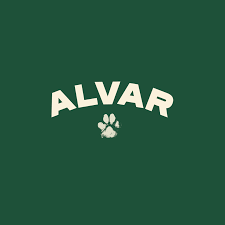


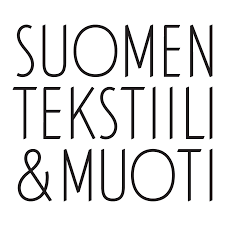




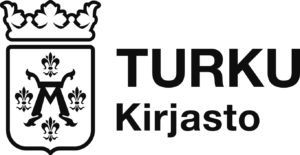
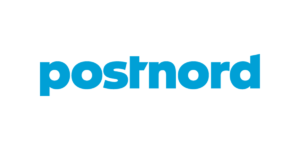

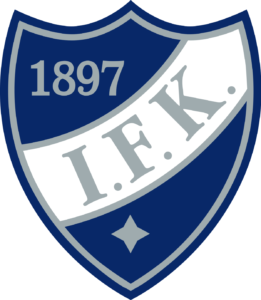
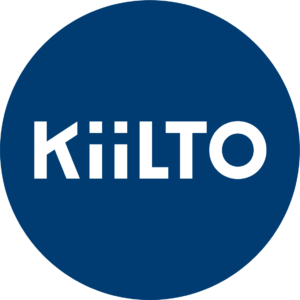
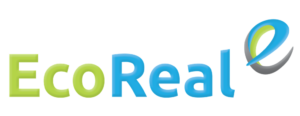
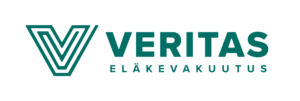


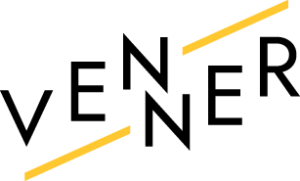


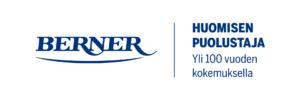

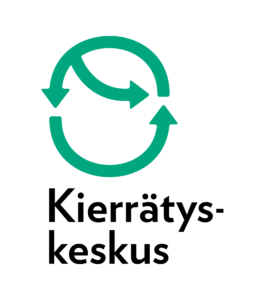


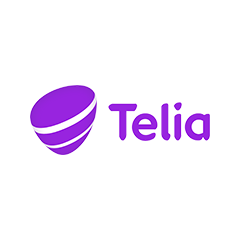
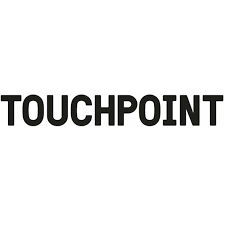


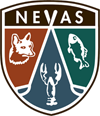
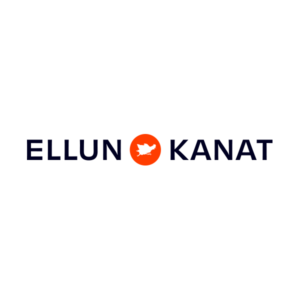
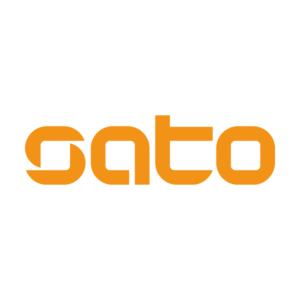




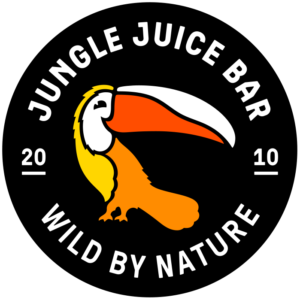


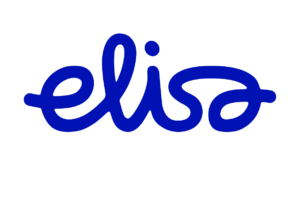




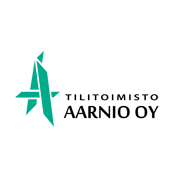

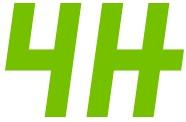




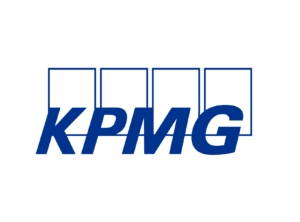
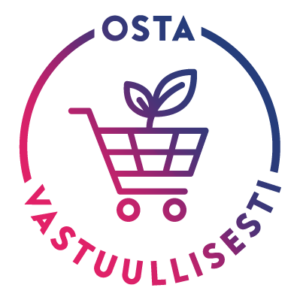
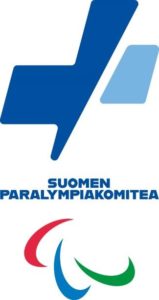
The People's Voice